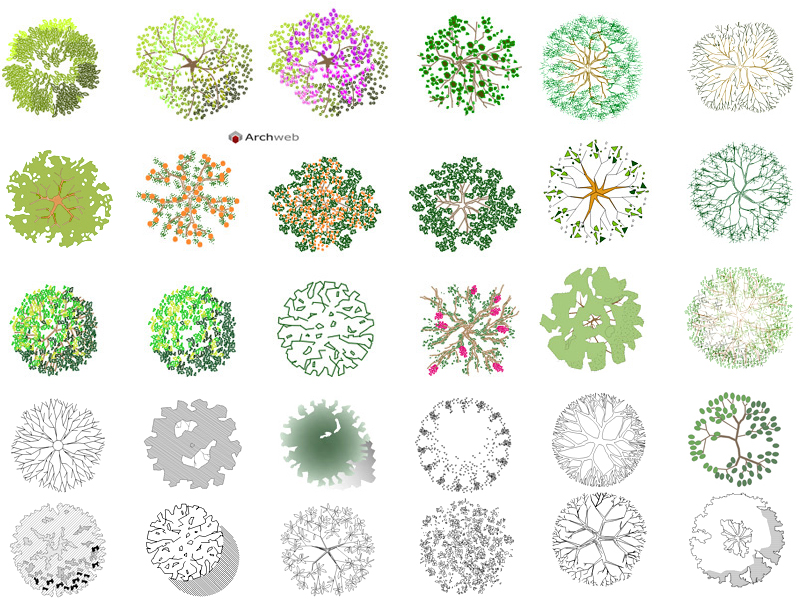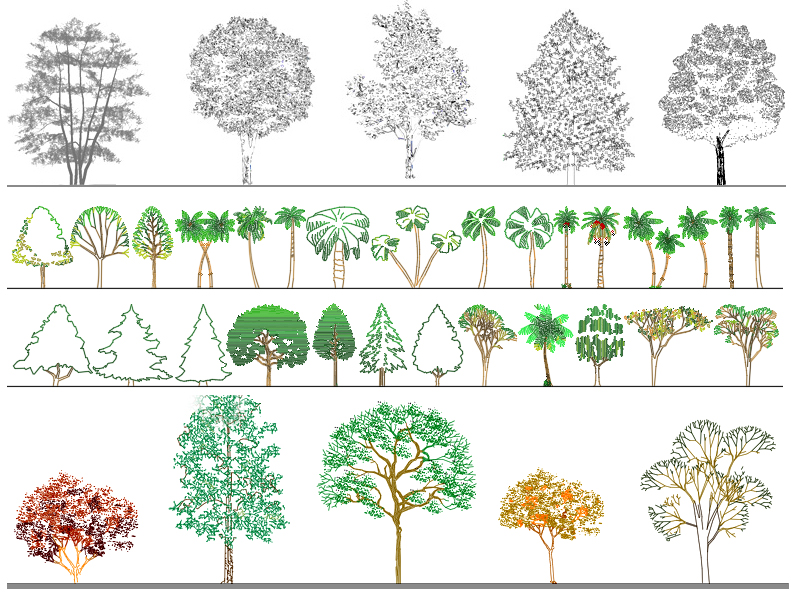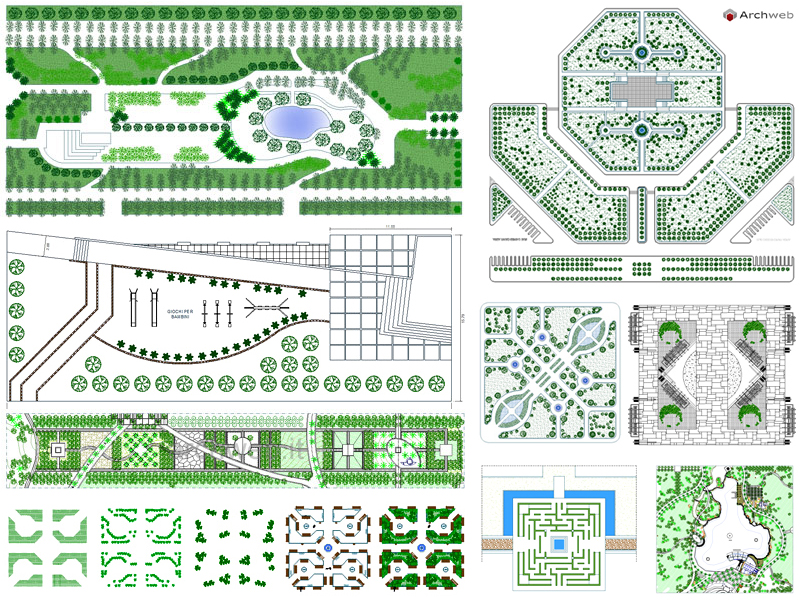Green as a structure
The general structure of the park
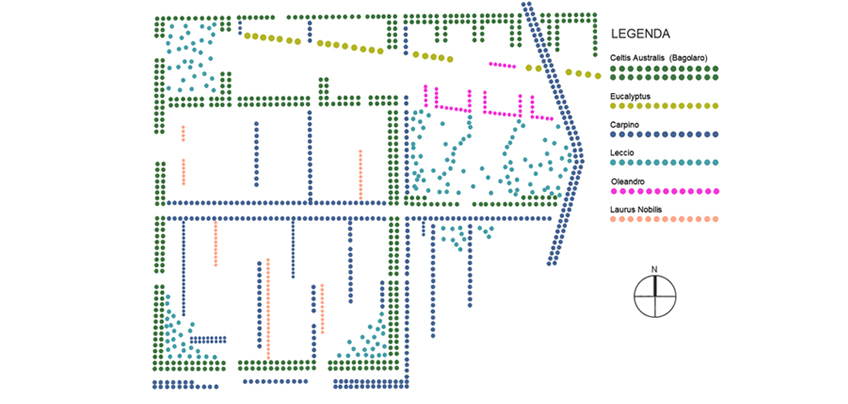
The image of the city, its clarity, strength and identity largely depends on the system of public spaces that the structure (Krier, 1975)
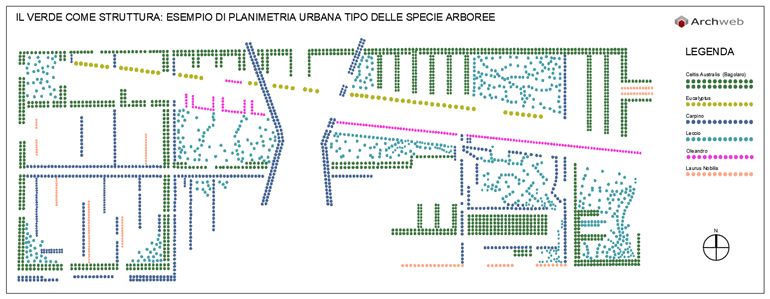
In this hypothesis of urban greenery arrangement design, the trees have a structuring function, that is, they have the ability to give a design to the city on their own, they propose themselves in a linear way, determine full or empty masses, mark and create volumes, spaces and paths . Both the “full” buildings and the empty spaces of the city contribute to the construction of the form of the urban project: the squares, the streets, the avenues, the new spaces for socializing, the parks, the gardens, the belvedere, car parks, vegetable gardens and waterways.
The undeveloped space is entrusted with a leading role for the functioning of the city, a system of environmental and natural connections that include a series of design episodes, places of “refuge” for meetings, socialization, consumption of services and use of equipment .
In this way the green takes on the role of an element of recomposition of the urban form, a unitary system, a green plot of interconnected spaces complementary to the network of public spaces determined by the building.
Some text elements and ideas are taken from:
The compact city. After Postmodernity. The new codes of urban design
by Roberto Cassetti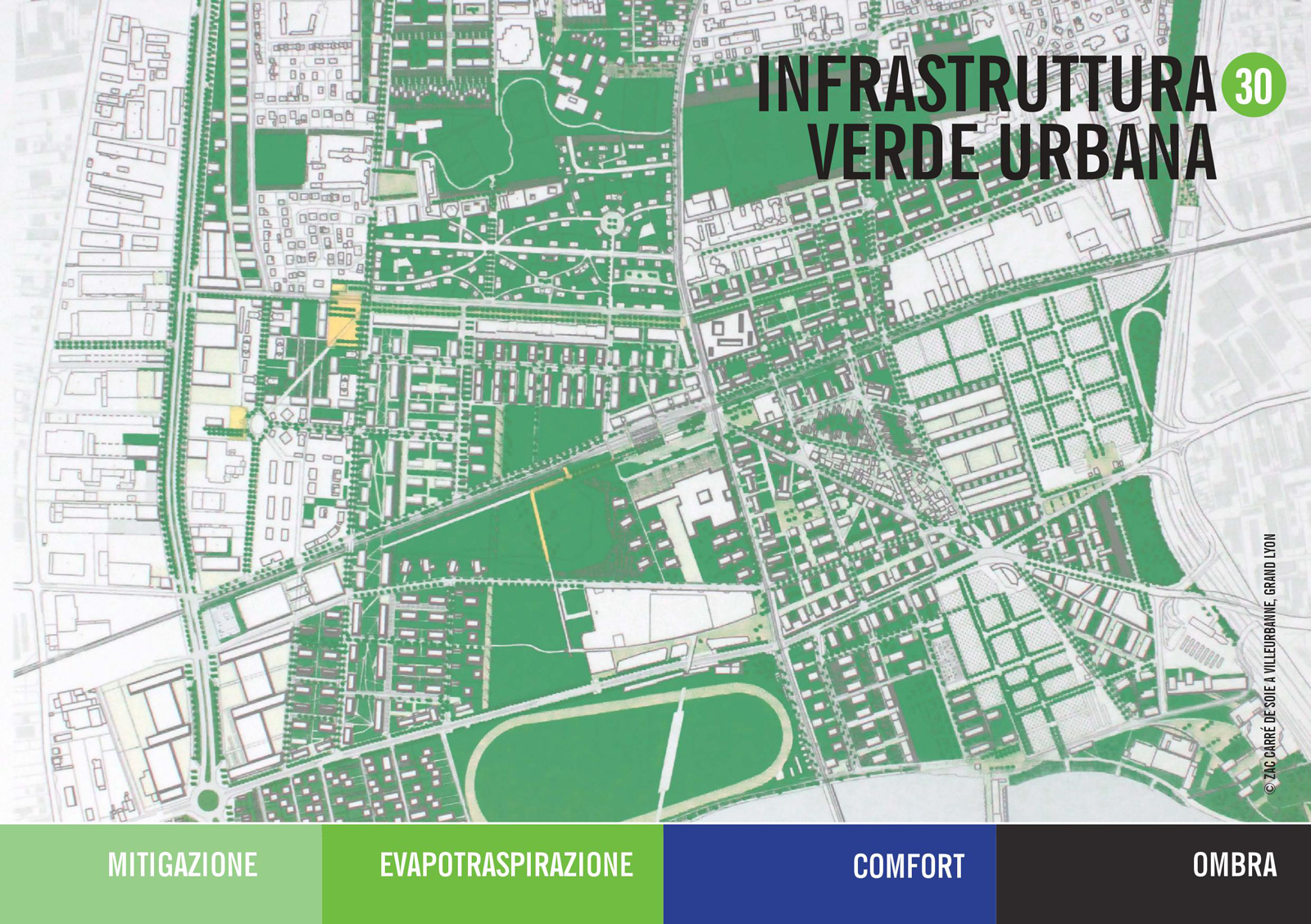
comfort shadow evapotranspiration mitigation
URBAN GREEN INFRASTRUCTURE
WHAT IS IT AND HOW DOES IT WORK?
By green urban infrastructure we mean a multi-functional network that performs various functions in the city:
- ecological, because it connects natural and semi-natural elements (parks, waterways, canals, vegetated and permeable areas), improving the environmental quality and biodiversity of the city, also with respect to the migration of animal species;
- landscape and historical-cultural, because it connects open spaces, historical and cultural heritage and green areas (squares, monuments, gardens, urban parks, tree-lined streets, vegetable gardens …);
- accessibility and public use, because it safely connects recreational and work activities through pedestrian and cycle paths;
- connection with peri-urban spaces, because it integrates the countryside with the urban environment.
The urban green infrastructure is constituted by the integration of this system of networks which all together determine the multi-functionality of the green infrastructure and its quality. The green infra-structure therefore acts more effectively under different profiles: biodiversity, resilience of the city to extreme temperatures (waves and heat islands) and intense rain events, thermohygrometric comfort of people, sociability, usability and liveability of the public spaces, movement…
HOW TO DESIGN AND REALIZE IT?
To design and build a green urban infrastructure, it is necessary to develop the concept of physical network at different scales by first taking into account the existing invariant elements:
- natural and semi-natural, such as rivers and streams and wooded areas;
- public green spaces, such as parks and gardens and sports areas;
- rows of trees;
- gardens and vegetable gardens, public and private;
Once the invariants of the green infrastructure have been identified, it will be necessary to verify and define all the spaces and elements of the project – small or large, public or private – that can connect the parts through punctual and linear elements:
- intervening on road sections, de-sealing the soil and inserting trees and vegetated spaces (trees, shrubs, rustic meadows, etc.);
- creating rain gardens (on the roadside, in the squares and parking lots);
- promoting the multifunctionality of green spaces (eco-system services, sociability, shared gardens, urban gardens, …);
- intervening in interstitial public spaces, as a result, and treating them with adequate plant equipment;
- providing indications for the management of private green areas.
capacity of vegetated spaces to influence the thermal state it has been shown that suitably connected green supplies (especially through trees when they form a continuous vegetated network) have a thermoregulation capacity greater than the simple sum of the capacity of each of them
Source:
Regenerating the city with nature
Tools for the design of public spaces between mitigation and adaptation to climate change
Valentina Dessì, Elena Farnè, Luisa Ravanello, Maria Teresa Salomoni



























































